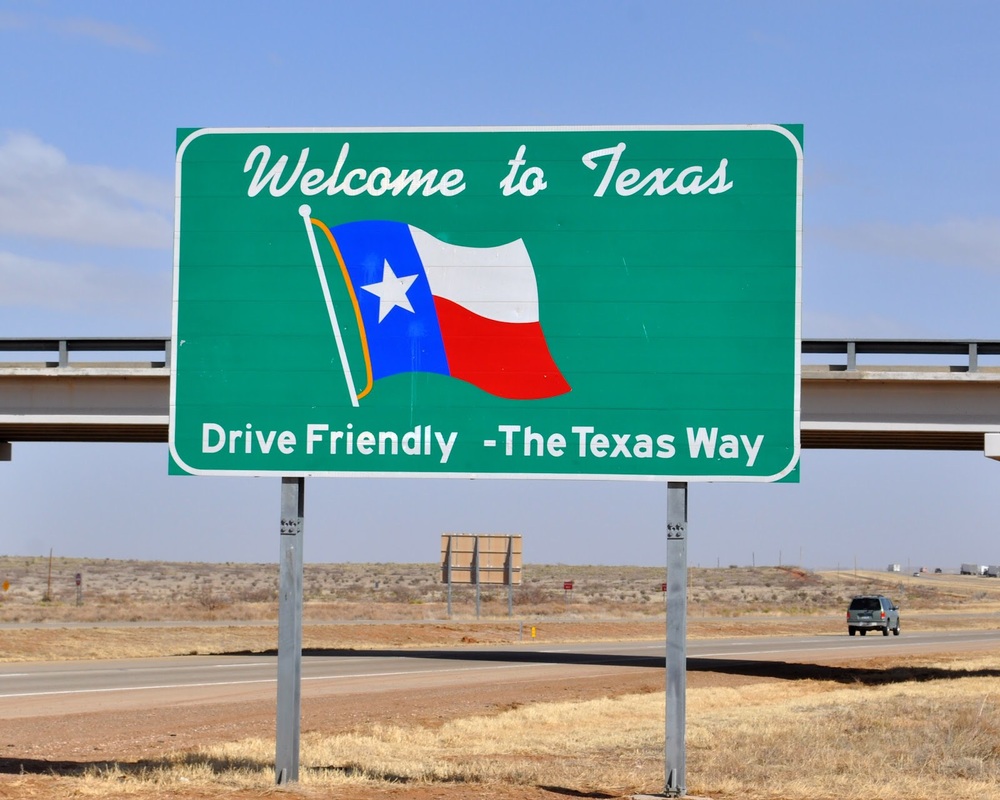
For those of you who follow me on Twitter or Facebook, you’ve probably seen quite a few entries lately showing me eating really good food or holding a microbrew. Yes, my spouse of almost 37 years (our anniversary is on June 9th) and I are taking a long-delayed road trip through Texas, visiting such beautiful and historical cities as Austin and San Antonio while hitting some world-renowned barbecue and steak restaurants. It’s been a great opportunity to see how thing have changed for road trippers in terms of Internet availability and quality.
First off, I’m pretty pleased with the ubiquity of 4G — even in spots where you wouldn’t expect to have service. That’s been a good thing, as my wife has been using Maps for navigation and having that capability even when out in the Texas “sticks” has kept us from getting lost. Of course, there are areas where one carrier may dominate another. For example, while we were stopped overnight in Fort Worth, Texas — an AT&T stronghold — I decided to finally get a data plan for my iPad Plus. When I was informed that tying the device to AT&T was a permanent decision, I decided to go with T-Mobile instead. Sadly, that didn’t work too well in Fort Worth, but has been amazing in both Austin and San Antonio.
The other oddity was finding out that the T-Mobile plan I signed up for gives me 200MB of free data every 30 days, and since I rarely use mobile internet with my iPad, that’s going to be perfect. Yay, T-mo!
One other good thing; it seems like most boutique hotels are finally waking up to the realization that Wi-Fi needs to be fast and free. It used to be that the more expensive the hotel you stayed at, the more you paid for dreadfully slow Wi-Fi service. I was glad to see that most pricy hotels are getting the hint that the bargain hotels picked up on a long time ago and offering Wi-Fi as a complimentary service.
It still surprises me just how clueless hotels are in terms of where to offer the free Wi-Fi. I personally like to access it in public areas like bars, but that’s usually where the service is the worst. If I ever opened a bar or restaurant (which I won’t, because both are very risky – almost as bad as trying to make a living off of a website), I’d have routers everywhere to provide super fast and ubiquitous Wi-Fi.
I also found that some locations are starting to partner with Facebook to provide Wi-Fi — you basically check in on the popular social network as your “payment” to get on the service. It gives the business a plug, Facebook gets some free advertising (as if they need it), and you get Wi-Fi service. The service wasn’t fast, but sometimes you’ll take what you can get.
Finally, I regret to tell you that sometimes being able to livestream an event is shut down by none other than Mother Nature. Last night, I stood with thousands of other people on the Congress Street bridge in Austin, waiting for the clouds of bats that appear around sunset. My goal? Facebook Live! Well, 35 minutes after sunset the bats were still a no-show, so being able to give my Facebook friends the thrill of live coverage of millions of flying bats went down the tubes. Never trust animals or the weather to cooperate.
Have you noticed any improvements, or conversely, any decline in the ubiquity and quality of Internet service in the USA on your recent road trips? Let us know in the comments.
